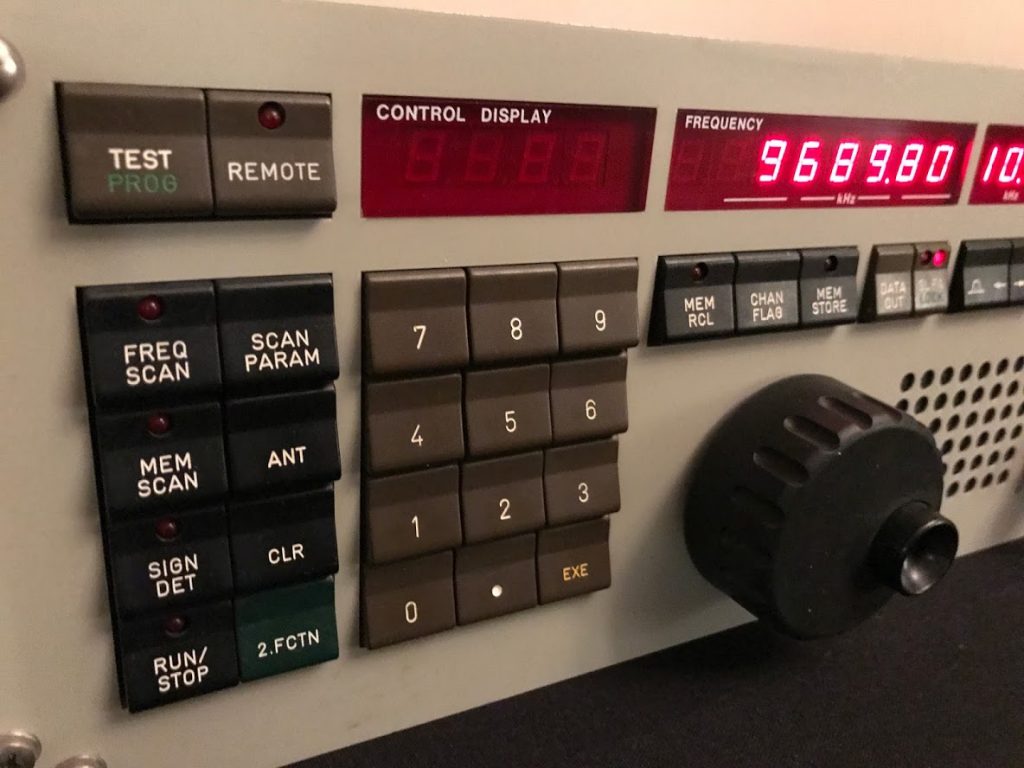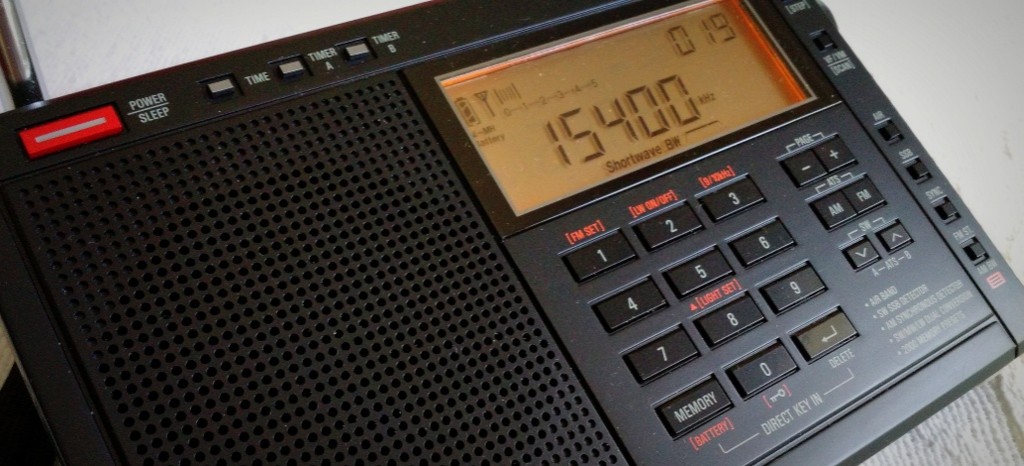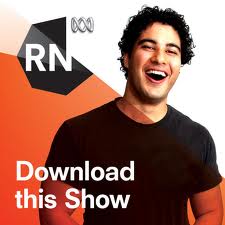
Radio Waves: Stories Making Waves in the World of Radio
Because I keep my ear to the waves, as well as receive many tips from others who do the same, I find myself privy to radio-related stories that might interest SWLing Post readers. To that end: Welcome to the SWLing Post’sRadio Waves, a collection of links to interesting stories making waves in the world of radio. Enjoy!
Many thanks to SWLing Post contributors, Marty, Mike Terry, and Tracy Wood for the following tips:
Gareth Mitchell M7GJM is well known as presenter of the BBC World Service show Digital Planet. He got his amateur licence in 2019 thanks to help from members of Essex Ham
Since getting his licence, Gareth M7GJM has been mentioning amateur radio in his BBC World Service show, most recently, featuring how radio hams in Australia have been helping with emergency comms.
Read the Essex Ham story at
https://www.essexham.co.uk/news/online-learning-and-exam.html
Information on the free Foundation Online course that Gareth took is at
https://www.essexham.co.uk/train/foundation-online/
Commuters interested in conspiracy theories about George Soros, Hillary Clinton and the Republican National Committee have a new option, courtesy of the Russian government.
Early this month, a radio station based in Liberty, Missouri, signed a three-year deal to broadcast Radio Sputnik across Kansas City.
The English-language programming airs for three hours each morning and again in the evening on three frequencies controlled by KCXL: 1140 AM, 102.9 FM and 104.7 FM.
It’s produced by the U.S.-based branch of an organization created in 2013 by Russian President Vladimir Putin to promote Russian interests abroad.
The organization, Rossiya Segodnya, hopes to restore a “fair attitude to Russia in every country in the world,” according to court records.
For now, Radio Sputnik only broadcasts in two American cities: Kansas City and Washington D.C., where its programming has aired since 2017.
“We’d love to broadcast in all major U.S. markets,” a Radio Sputnik spokesperson told KCUR via email. “But unfortunately, U.S. authorities are working really hard to prevent us from doing so.”[…]
We’ve had a few columns on antennas and propagation, and there sure is a lot of variation in the types of antennas! All the different ways signals propagate require different antenna directions and types. Hams use dinky finger-sized “rubber ducks” on handheld radios but also some ridiculously big antennas it seems. Hams can’t use as much power as some of the other communication services, so they use antennas to get through by focusing radiated power.
If the antennas can focus a signal, then they need to be able to focus it in the desired direction, right? A few antennas can do that electrically by controlling the signal’s phase or switching antenna elements on and off. Most of the “pointable” ham antennas, though, need to be pointed mechanically and held in place during a contact or to keep a communications link working. The thing that hams use to point their antennas — large and small — is called a rotator.
There are a wide range of rotators, just like antennas. You may have used a TV antenna rotator with its “chunk-chunk-chunk” stepping. At the other end of the scale, whole towers turn! We’ll cover some of the most common types and give you an idea of how they work. (If you want detailed information, including guidelines and illustrations for how to work with these unsung heroes of the antenna farm, see the sidebar, “Rotator and Tower Know-How.”)
If you’re like me, you likely have a drawer or shoebox stuffed with assorted USB cables that are used to either charge or program a USB device. The problem often is that some cables may only be useful for charging, and which only have the +Vcc and ground wires intact with one or both data wires either broken or not connected in the first place.
Los Angeles has been rendered speechless by the shocking death of NBA legend Kobe Bryant, his 13-year-old daughter Gianna “Gigi” Bryant, and seven others in a helicopter crash in Calabasas, Calif., on Sunday morning. And for one minute and eight seconds — the extra time nodding to Bryant’s original No. 8 Lakers jersey — radio stations across the city held a moment of silence Monday (Jan. 27) at noon.
The Southern California Broadcasters Association asked its members to synchronize their moment of silence, as well as continuously airing reminders about the upcoming tribute.
Before noon, the SCBA requested all local area radio stations to repeat this core introductory message for grieving Angelenos listening in: “Right now All LA radio stations are now broadcasting 1:08 minute silence for LA Sports Legend Kobe Bryant,” according to an announcement posted on the association’s website.[…]
Do you enjoy the SWLing Post?
Please consider supporting us via Patreon or our Coffee Fund!
Your support makes articles like this one possible. Thank you!

The April 14, 2020 edition of the BBC World Service program ‘Digital Planet’ includes a story about the status of Digital Radio Mondiale (DRM) broadcasts on shortwave. The segment had no breaking news, but SWLing Post readers might enjoy hearing an updated explanation on BBC of how DRM works on shortwave and other bands, where it’s being used, and what unique services it can offer. The segment includes a clip of digital audio played over shortwave and an interview with Ruxandra Obreja, Chair of the DRM Consortium and DRM Association.






